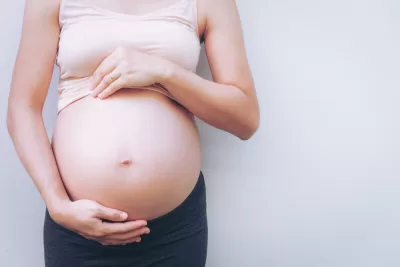Understanding Iron Deficiency Anaemia: Causes, Symptoms & Treatment
Medically Reviewed by Dr Ali Zavery
Last updated on 11.06.2024
Iron deficiency anaemia is one of the most common types of anaemia worldwide, affecting millions of people. Anaemia itself is defined as a condition in which the blood doesn’t have enough healthy red blood cells, leading to reduced oxygen flow to the body’s tissues. Iron deficiency occurs when the body lacks sufficient iron to produce these vital red blood cells. Iron is a crucial component of “haemoglobin”, a protein in red blood cells that carries oxygen around the body, and a low haemoglobin reading is often how iron deficiency gets picked up on general blood tests.
Iron deficiency anaemia is particularly prevalent among women, young children, and individuals with dietary restrictions. Its impact can range from mild fatigue to severe health complications if left untreated.
Causes of iron deficiency anaemia
Common causes:
- Inadequate dietary intake of iron (e.g. vegans or vegetarians)
- Blood loss: This can be due to heavy menstrual periods, frequent blood donation, or gastrointestinal bleeding.
- Pregnancy: when increased iron demand during pregnancy is not compensated by adequate dietary iron.
Less common causes:
- Chronic conditions such as coeliac disease, inflammatory bowel disease, or other malabsorptive disorders can interfere with iron absorption.
- Genetic conditions affecting iron absorption and processing.
Symptoms and signs of iron deficiency anaemia
Mild deficiency:
- Fatigue and general weakness
- Pale skin and mucous membranes
- Light-headedness and headache
Severe deficiency:
- Shortness of breath
- Brittle nails
- Swelling or soreness of the tongue
- Unusual cravings for non-nutritional substances like ice or soil
- Frequent infections
Diagnosis and investigation
Diagnosing iron deficiency anaemia typically involves:
- Blood tests to check your full blood count (FBC), which also shows your red blood cell count and haemoglobin level.
- Serum iron tests: To measure the amount of iron in the blood.
- Ferritin levels: To assess iron stores in the body.
- Additional tests may be conducted to determine the underlying cause of your iron deficiency, especially if bleeding or chronic disease is suspected- for example, the doctor may want to check a blood test for coeliac disease, perform a stool test to check for blood in your bowel motions, a camera test of your gastrointestinal tract (endoscopy), among other things.
Treatment of iron deficiency anaemia
Treatment for iron deficiency anaemia focuses on increasing iron intake through:
- Dietary changes: Incorporating more iron-rich foods such as red meat, beans, fortified cereals, and spinach.
- Iron supplements (either oral or via injection/infusion): These may be necessary to restore iron levels quickly, as prescribed by a healthcare provider.
- Treating underlying causes: Addressing any health conditions that are contributing to iron deficiency. It is very important if you have iron deficiency that you do not just take iron supplements without gaining an understanding of why the levels were low in the first place.
Patient resources
Patients can find more information and support from the following resources:
- Iron Disorders Institute (Iron Disorders Institute Website)
- National Heart, Lung, and Blood Institute (NHLBI Information on Anemia)
Getting a Mental Health Care Plan in Australia: Your Guide
Getting a Mental Health Care Plan in Australia: Your Guide Mental health matters—and if you’re feeling overwhelmed, anxious, or down, a mental health care plan can help. But what is it, and how do [...]
UTI Symptoms and Treatment: What You Need to Know
UTI Symptoms and Treatment: What You Need to Know Urinary Tract Infections (UTIs) are common, uncomfortable, and often disruptive. But what exactly are the signs to watch for, and how can you get relief [...]
Free Mental Health Care Plan Online | Bulk-Billed by Qoctor
Free Mental Health Care Plan Online | Bulk-Billed by Qoctor Discover how to get a free, bulk-billed Mental Health Care Plan (MHCP) in Australia through Qoctor's telehealth service. Accessing [...]






